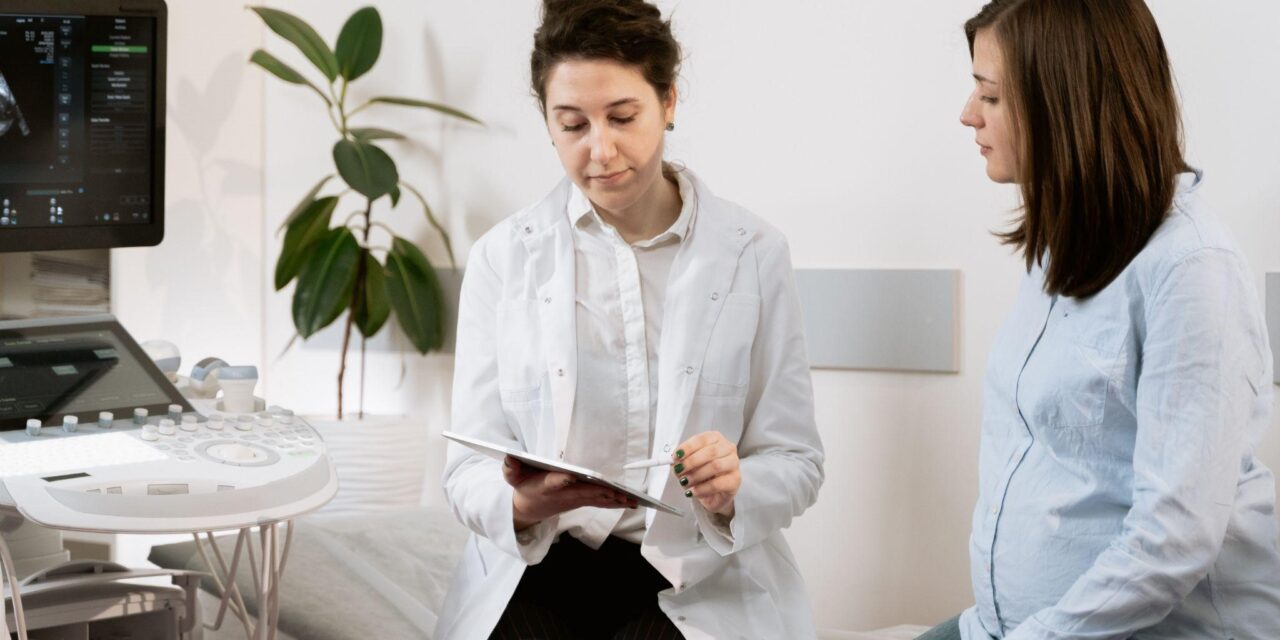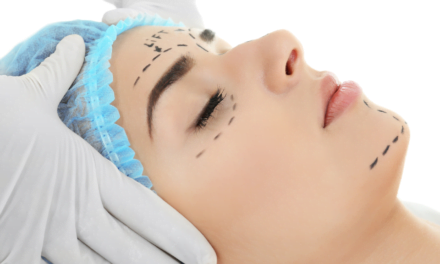Gynecomastia is a medical condition characterized by the enlargement of breast tissue in males. It is a common condition that affects up to 70% of adolescent males and can occur due to various factors, including hormonal imbalances. Anabolic steroid-induced gynecomastia is a type of gynecomastia that occurs as a side effect of anabolic steroid use. This article will discuss the causes, risk factors, symptoms, diagnosis, treatment options, and prevention of anabolic steroid-induced gynecomastia.
Causes of Anabolic steroid-induced gynecomastia:
Anabolic steroids are synthetic substances that mimic the effects of testosterone, a male hormone. They are commonly used by bodybuilders, athletes, and fitness enthusiasts to build muscle mass and improve performance. However, anabolic steroids can lead to hormonal imbalances, which can cause gynecomastia. Anabolic steroids increase oestrogen, a female hormone, and decrease testosterone levels, a male hormone, in the body. This hormonal imbalance can lead to the development of gynecomastia.
Risk factors for Anabolic steroid-induced gynecomastia:
The risk of developing anabolic steroid-induced gynecomastia depends on various factors, including the type of steroids used, the dosage and duration of use, age, genetics, and other factors. Certain types of anabolic steroids, such as those that convert to oestrogen, are more likely to cause gynecomastia. High doses and prolonged use of steroids can also increase the risk of developing gynecomastia. Age and genetics can also play a role in the development of gynecomastia.
Symptoms of Anabolic steroid-induced gynecomastia:
The symptoms of anabolic steroid-induced gynecomastia include enlarged breast tissue in males, breast tenderness and pain, and nipple discharge. The condition can be unilateral or bilateral, affecting one or both breasts.
Diagnosis of Anabolic steroid-induced gynecomastia:
Diagnosing anabolic steroid-induced gynecomastia is usually done through a physical examination, blood tests to evaluate hormone levels and imaging tests such as mammography or ultrasound. It is essential to rule out other medical conditions that can cause gynecomastia.
Treatment options for Anabolic steroid-induced gynecomastia:
The treatment options for anabolic steroid-induced gynecomastia depend on the severity of the condition. The first step is to discontinue the use of anabolic steroids. Medications such as aromatase inhibitors or selective oestrogen receptor modulators can also reduce oestrogen levels or block oestrogen receptors. Surgery may be required in severe cases to remove breast tissue. Lifestyle changes such as diet and exercise can also help reduce the symptoms of gynecomastia.
Prevention of Anabolic steroid-induced gynecomastia:
The best way to prevent anabolic steroid-induced gynecomastia is to avoid using anabolic steroids. If steroids are used, it is essential to monitor hormone levels and use alternative supplements that do not cause hormonal imbalances.
How much does gyno surgery cost in the UK?
The cost of gynecomastia surgery in the UK can vary depending on a number of factors, including the surgeon’s experience, the type of procedure being performed, the location of the clinic, and any additional fees or expenses. On average, the cost of gynecomastia surgery in the UK can range from around £3,000 to £6,000 or more.
It’s important to note that the cost of gynecomastia surgery may not be covered by the National Health Service (NHS) in the UK, as it is generally considered to be a cosmetic procedure. However, some private health insurance policies may cover the cost of the procedure, so it’s worth checking with your provider.
If you are considering gynecomastia surgery, it’s important to consult with a qualified and experienced surgeon who can provide you with an accurate estimate of the costs involved. They will be able to assess your individual needs and provide you with a personalized treatment plan and cost estimate.
Conclusion:
Anabolic steroid-induced gynecomastia is a common side effect of anabolic steroid use. It can cause physical and emotional discomfort and can be a source of embarrassment for males. Early diagnosis and treatment can help reduce the symptoms of gynecomastia and prevent complications. Further research is needed to understand the causes, risk factors, and treatment options for anabolic steroid-induced gynecomastia.
stia is a medical condition characterised by the enlargement of breast tissue in males. It is a common condition that affects up to 70% of adolescent males and can occur due to various factors, including hormonal imbalances.
Anabolic steroid-induced gynecomastia is a type of gynecomastia that occurs as a side effect of anabolic steroid use.
This article will discuss the causes, risk factors, symptoms, diagnosis, treatment options, and prevention of anabolic steroid-induced gynecomastia.
Causes of Anabolic steroid-induced gynecomastia:
Anabolic steroids are synthetic substances that mimic the effects of testosterone, a male hormone. They are commonly used by bodybuilders, athletes, and fitness enthusiasts to build muscle mass and improve performance. However, anabolic steroids can lead to hormonal imbalances, which can cause gynecomastia. Anabolic steroids increase oestrogen, a female hormone, and decrease testosterone levels, a male hormone, in the body. This hormonal imbalance can lead to the development of gynecomastia.
Risk factors for Anabolic steroid-induced gynecomastia:
The risk of developing anabolic steroid-induced gynecomastia depends on various factors, including the type of steroids used, the dosage and duration of use, age, genetics, and other factors. Certain types of anabolic steroids, such as those that convert to oestrogen, are more likely to cause gynecomastia. High doses and prolonged use of steroids can also increase the risk of developing gynecomastia. Age and genetics can also play a role in the development of gynecomastia.
Symptoms of Anabolic steroid-induced gynecomastia:
The symptoms of anabolic steroid-induced gynecomastia include enlarged breast tissue in males, breast tenderness and pain, and nipple discharge. The condition can be unilateral or bilateral, affecting one or both breasts.
Diagnosis of Anabolic steroid-induced gynecomastia:
Diagnosing anabolic steroid-induced gynecomastia is usually done through a physical examination, blood tests to evaluate hormone levels and imaging tests such as mammography or ultrasound. It is essential to rule out other medical conditions that can cause gynecomastia.
Treatment options for Anabolic steroid-induced gynecomastia:
The treatment options for anabolic steroid-induced gynecomastia depend on the severity of the condition. The first step is to discontinue the use of anabolic steroids. Medications such as aromatase inhibitors or selective oestrogen receptor modulators can also reduce oestrogen levels or block oestrogen receptors. Surgery may be required in severe cases to remove breast tissue. Lifestyle changes such as diet and exercise can also help reduce the symptoms of gynecomastia.
Prevention of Anabolic steroid-induced gynecomastia:
The best way to prevent anabolic steroid-induced gynecomastia is to avoid using anabolic steroids. If steroids are used, it is essential to monitor hormone levels and use alternative supplements that do not cause hormonal imbalances.
Conclusion:
Anabolic steroid-induced gynecomastia is a common side effect of anabolic steroid use. It can cause physical and emotional discomfort and can be a source of embarrassment for males. Early diagnosis and treatment can help reduce the symptoms of gynecomastia and prevent complications. Further research is needed to understand the causes, risk factors, and treatment options for anabolic steroid-induced gynecomastia.
FAQS
Q; What is gynecomastia?
A; Gynecomastia is a medical condition characterized by the enlargement of breast tissue in males.
Q: What is anabolic steroid-induced gynecomastia?
A: Anabolic steroid-induced gynecomastia is a type of gynecomastia that occurs as a side effect of anabolic steroid use.
Q: What causes anabolic steroid-induced gynecomastia?
A: Anabolic steroids increase osteogeny, a female hormone, and decrease testosterone levels, a male hormone, in the body. This hormonal imbalance can lead to the development of gynecomastia.
Q: What are the risk factors for anabolic steroid-induced gynecomastia?
The risk of developing anabolic steroid-induced gynecomastia depends on various factors, including the type of steroids used, the dosage and duration of use, age, genetics, and other factors.
Q: What are the symptoms of anabolic steroid-induced gynecomastia?
The symptoms of anabolic steroid-induced gynecomastia include enlarged breast tissue in males, breast tenderness and pain, and nipple discharge.
Q: How is anabolic steroid-induced gynecomastia diagnosed?
Diagnosing anabolic steroid-induced gynecomastia is usually done through a physical examination, blood tests to evaluate hormone levels and imaging tests such as mammography or ultrasound.
Q: What are the treatment options for anabolic steroid-induced gynecomastia?
The treatment options for anabolic steroid-induced gynecomastia include discontinuation of anabolic steroids, medications to reduce oestrogen levels or block oestrogen receptors, surgery to remove breast tissue, and lifestyle changes such as diet and exercise.
Q: Can anabolic steroid-induced gynecomastia be prevented?
The best way to prevent anabolic steroid-induced gynecomastia is to avoid using anabolic steroids. If steroids are used, it is essential to monitor hormone levels and use alternative supplements that do not cause hormonal imbalances.
Q: Is anabolic steroid-induced gynecomastia a severe condition?
Anabolic steroid-induced gynecomastia can cause physical and emotional discomfort and can be a source of embarrassment for males. Early diagnosis and treatment can help reduce the symptoms of gynecomastia and prevent complications.
Q: What is the importance of further research on anabolic steroid-induced gynecomastia?
Further research is needed to understand the causes, risk factors, and treatment options for anabolic steroid-induced gynecomastia. This can lead to improved prevention and treatment strategies for this condition.
Author

Dr. Aditya K. Sharma
I am Dr. Aditya Sharma, a dedicated urologist specializing in kidney transplants and advanced urological surgeries. My career is driven by a passion for delivering exceptional care and pioneering surgical techniques. Outside the operating room, I have a keen interest in studying the effects of anabolic steroids on bodybuilding, seeking to understand the fine line between enhancing performance and maintaining health.








